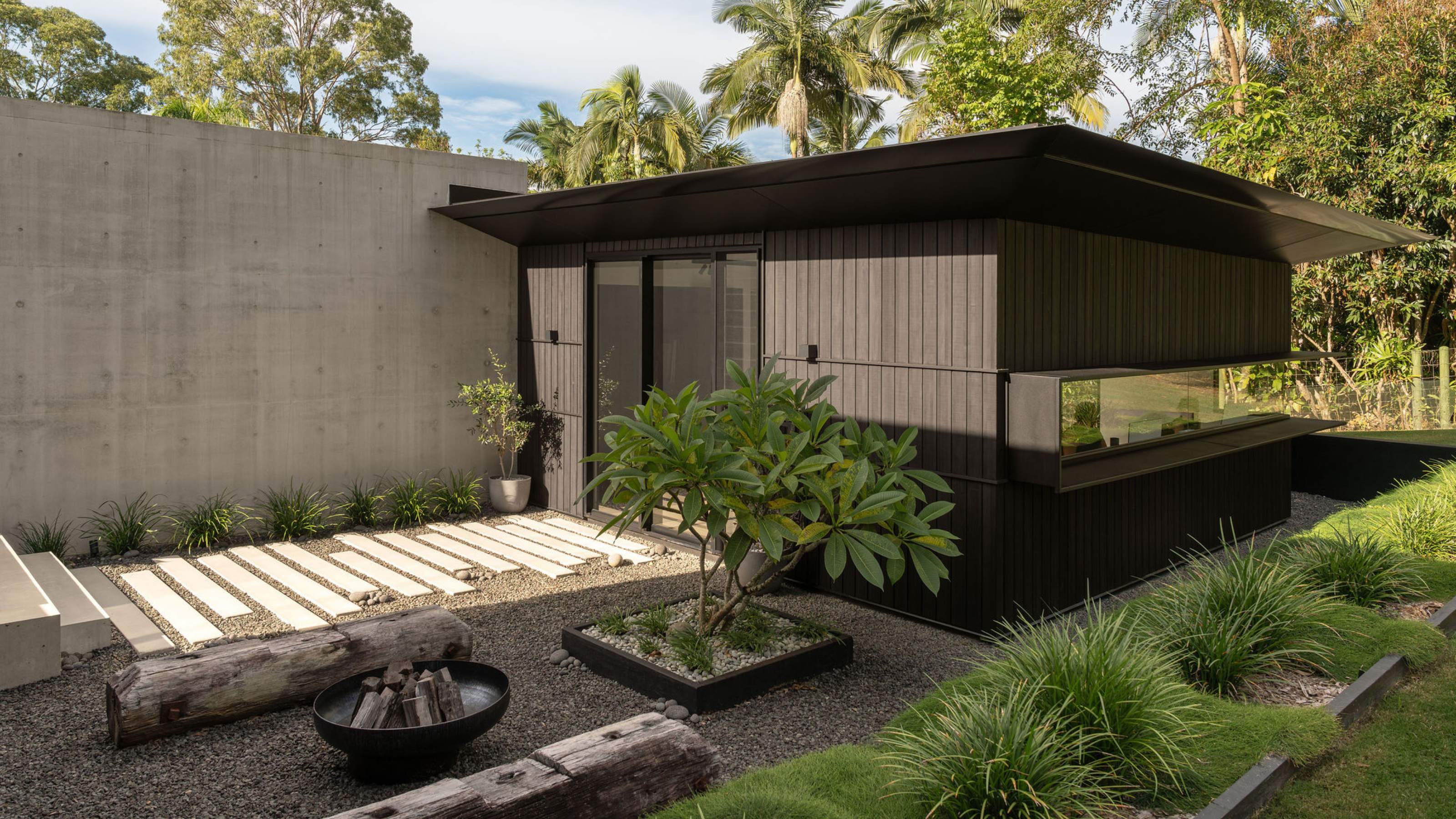
The summer months are the time when we truly appreciate our gardens, when they become a place to spend our days, rather than just something we longingly gaze at from our window. It is also, however, the time when you'll begin to notice those thoughtless landscaping mistakes you made back in the winter.
Constant rain and grey days can act as a cover-up to these mistakes, so you can easily go through the year without ever noticing the errors in your landscaping ideas.
The last thing you want is a garden that's unfit for those heatwave days you've been dreaming of for the last six months. Thankfully, our experts are here to protect us from ourselves, providing their knowledge and tips for an outdoor area that won't just survive the summer, but will thrive through it.
1. High Maintenance Lawns
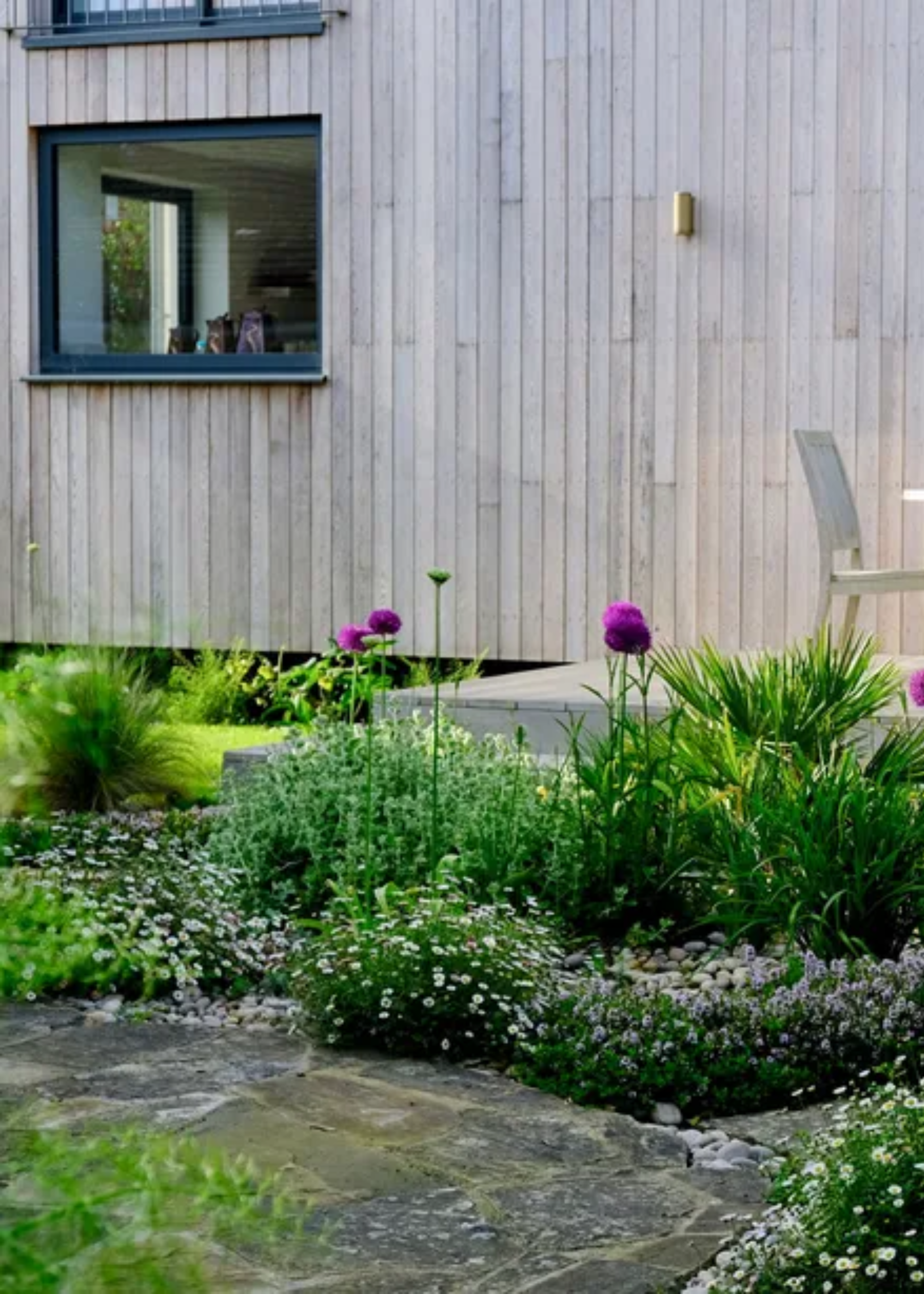
We've been taught to believe that a sprawling, fluorescent-green lawn is the hallmark of a desirable garden, but come summertime, you'll find yourself regretting falling for this idea.
As Ben Ashton from Rocky Mountain Turf says, "Especially in hot, dry climates, a traditional lawn can often be more trouble than it's worth."
The amount of water required to maintain a constant green shade throughout the year is not only costly but also unsustainable, particularly as the effects of global warming intensify.
"You'll have a hard time keeping it well watered during watering restrictions, and you'll be faced with a choice between sky-high water bills and a brown lawn," says Ben, "Hardscaping, native planting, and artificial turf are all better choices."
One of our favorite, on-trend ways to create a more sustainable, eco-friendly garden design that doesn't skimp on beauty is the messy gardening approach, where native plants take centre stage.
2. Accidental Heat Traps
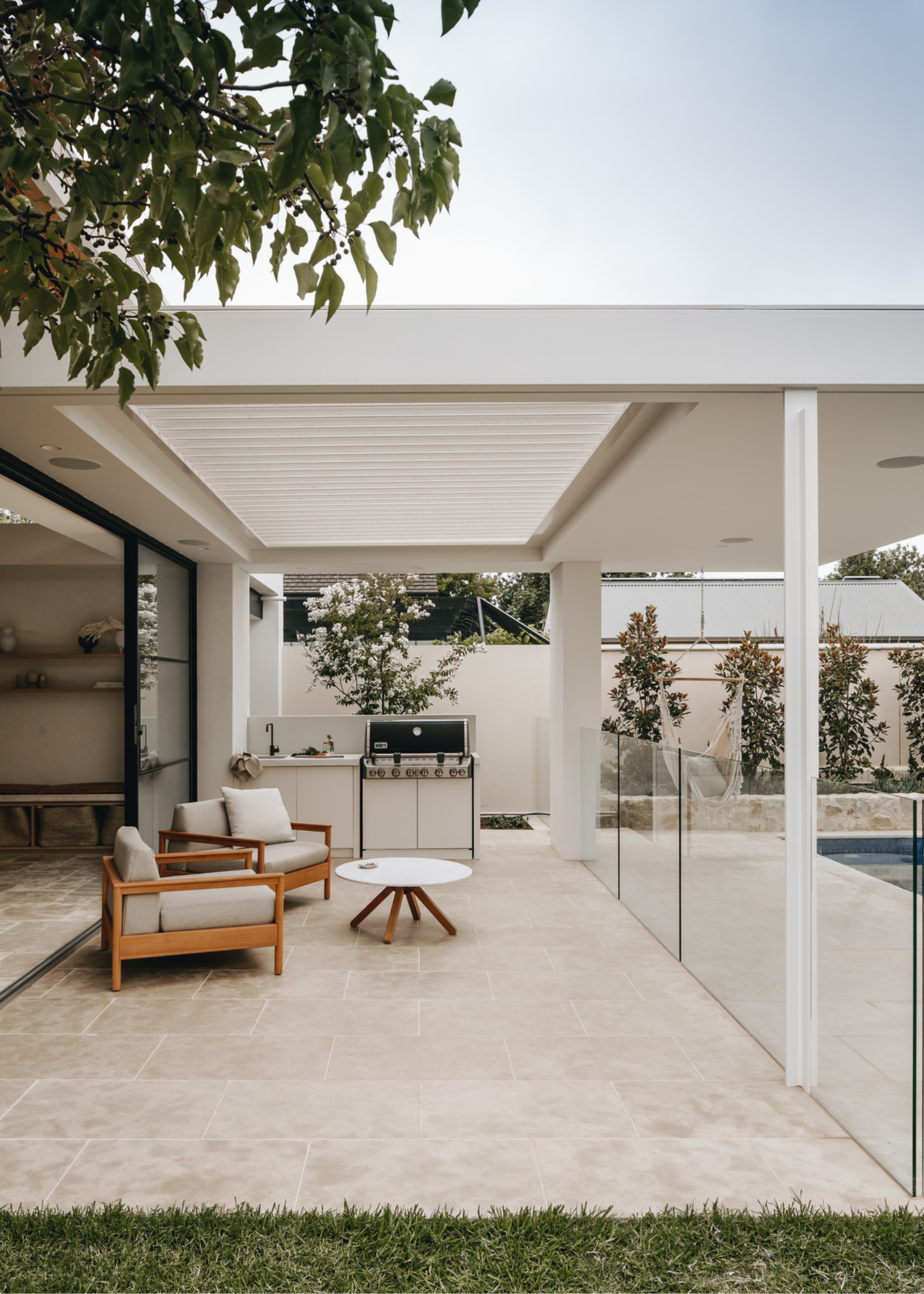
In the dark, cold winter months, a sun trap garden is the stuff of dreams. But, as summer becomes a reality and not just a distant memory, a sun-soaked patio is not as appealing as you may have once thought.
"Big, open patios are great spaces for entertaining, but they can also become way too sunny to be comfortable during the summer months," says Ben.
But the positioning of your patio is not the only aspect that will impact the heat levels of your garden; the materials you choose will also have a notable effect on the temperature of your entertaining space.
As Joe Rabione, from Oldcastle APG, says, "Dark stone patios or decks can become uncomfortably hot, making these spaces unusable or even potentially dangerous."
So, for a garden that invites relaxation as opposed to discomfort, it's crucial to design a patio with the summer months in mind, with plenty of patio shade ideas. "Make sure you have options like shade canopies or umbrellas available," suggests Ben.
However, your heating solutions shouldn't begin and end with garden shade; your patio decking materials should also reflect this goal for a comfortable outdoor area.
"For decking, consider composite decking that offers CoolDeck technology, which reduces heat absorption by up to 35%," says Joe, "Consider lighter color hardscapes or adding a pergola to shade your outdoor space."
3. Water Features
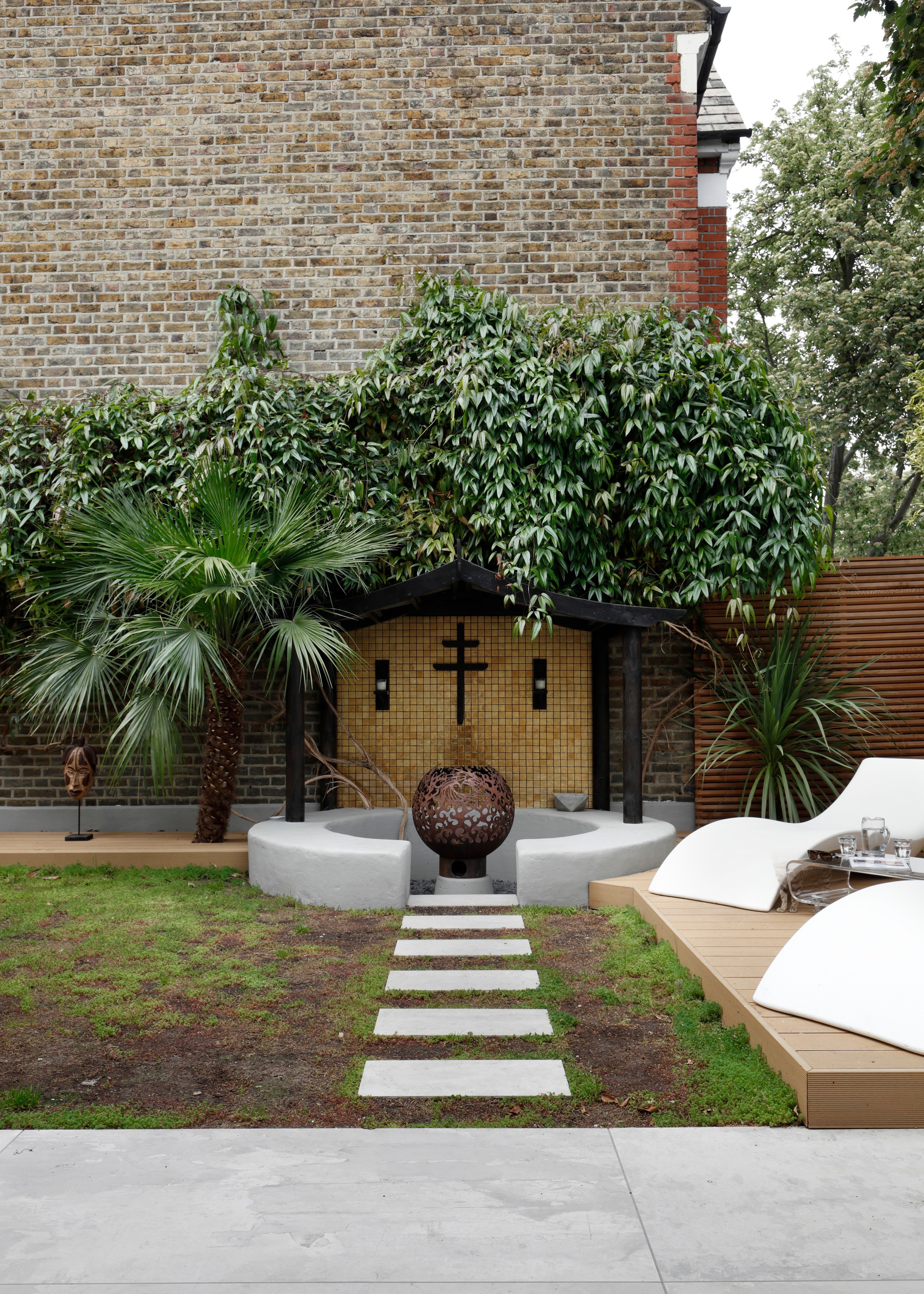
Of course, there's no denying the obvious visual appeal of a water feature. They add a luxurious touch to any garden, and when used correctly, water features can even make your garden feel more private. The downside? They don't always stand up too well to higher temperatures.
"Water features can be beautiful," Ben admits, "but they also take a lot of maintenance, and more during hot weather when you'll have to contend with evaporation and algae blooms."
The gloopy, green layer that tends to form on top of stagnant water during high temperatures will instantly detract from any elegance and beauty your water feature may have once had. However, if a water garden is an addition you aren't willing to compromise on, there are steps you can take to help minimize these issues.
"If you need to have water features, keep them in shaded areas and make sure you use a good filter," says Ben.
4. Rooky Plant Placement
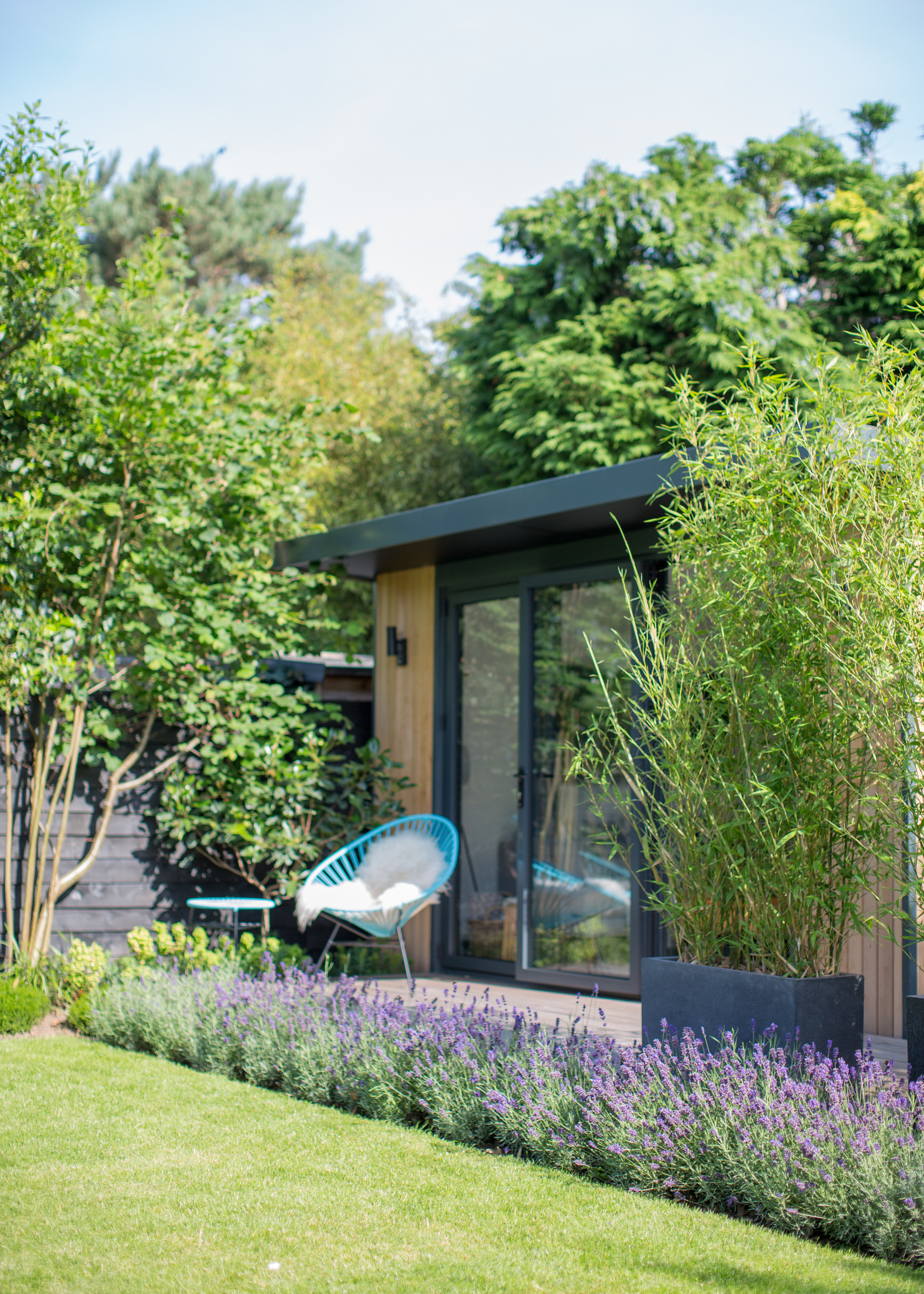
Plants are the accessories of your garden design; they are the additions that will elevate your space, bringing in the color and beauty your outdoor area needs. However, not all plants are created equal, and some species are simply unable to withstand direct sunlight.
"Plants that are not heat-tolerant and placed in full sun when they need shade will quickly wilt or become scorched," says Joe.
This doesn't mean the sun-soaked areas of your garden have to be completely bare; drought-tolerant plants can be just as beautiful and will cope better with the summer heat.
"Be sure to note the specifications for plants when you purchase them from your nursery to ensure they are planted in the correct environment and location," Joe recommends.
5. Water Timing
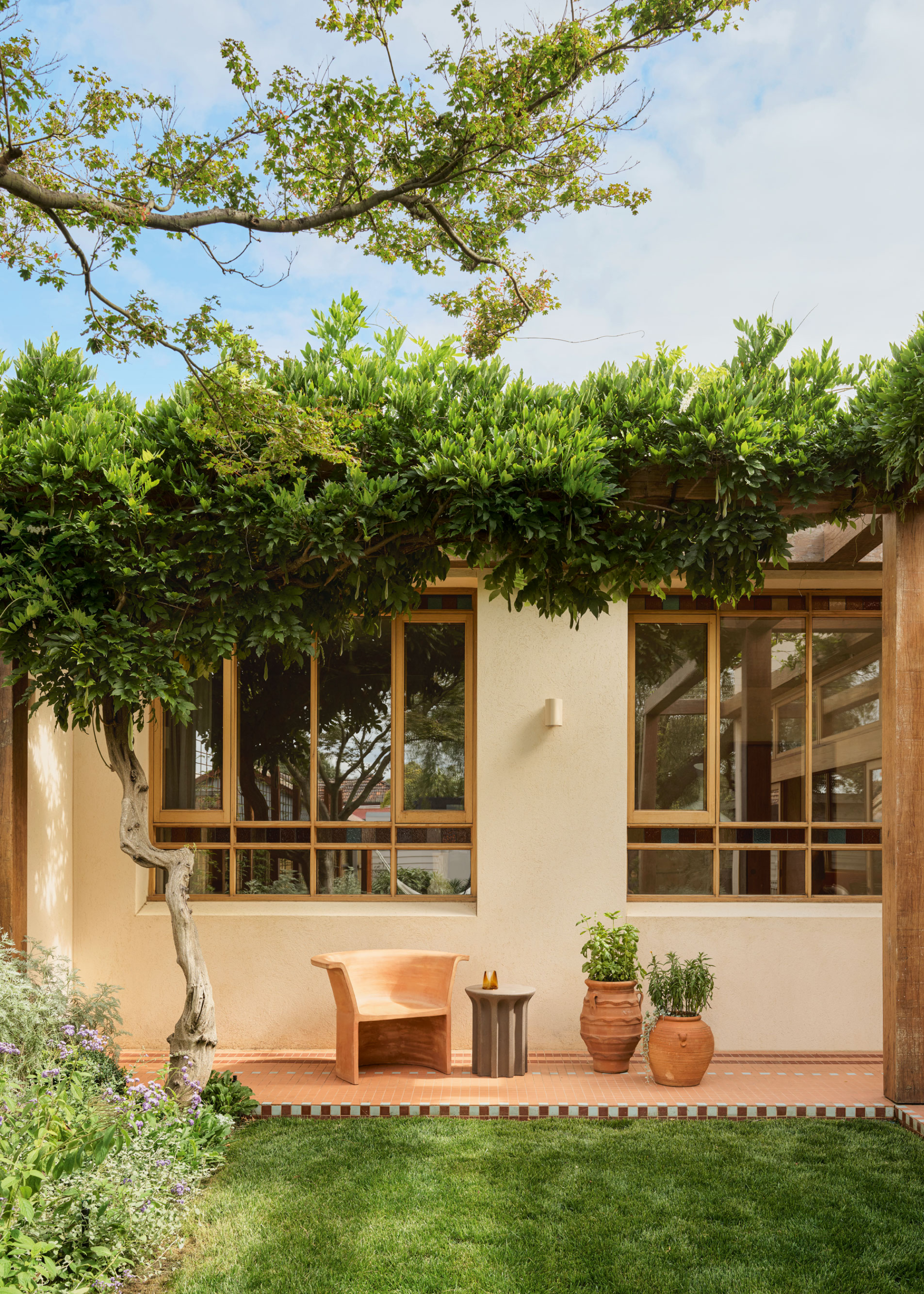
"During the summer months, watering at the right time makes a huge difference," explains Don Chouinard, Contractor Sales Manager at Irrigreen.
Not knowing the importance of watering at the right time is an easy mistake to make, but it can significantly impact the appearance of your lawn.
"The biggest landscaping mistake I see is watering at midday. When the sun is high and the temperatures are at their peak, water evaporates really quickly, so your plants don’t get as much benefit," he says, "Plus, water droplets on leaves can act like tiny magnifying glasses and cause leaf burn. This is especially true when the heat is intense."
While you may assume that the hottest hours are when your garden needs the additional moisture the most, this can end up having the adverse effect, further drying out your outdoor area and leaving you with a parched, dry-looking lawn. Instead, the best time to water your garden is during the cooler moments of the day.
"Instead, water in the early morning when it’s cooler, so the water doesn’t evaporate too quickly, and the plants get a chance to soak it all up before the heat kicks in," Don suggests.
He continues: "Morning is when plants absorb water the most effectively. That’s when their stomata (tiny pores on their leaves) are open, so they’re ready to take in moisture. In the afternoon, especially on hot days, they’re more focused on holding onto water because of the heat, so absorption isn’t as efficient. If you miss the morning window, it’s better to wait until late afternoon when it’s cooler."
The scalloped hem on this umbrella offers a chic twist on the classic design that elevates your garden while protecting you from the summer heat.
If you already made the mistake of opting for dark patio flooring, don't despair. A light colored outdoor rug like this will protect your feet from the scorching heat while making your patio look even more stylish.
This clever sprinkler timer ensures your lawn is always watered at the right time, no matter where you are.
Learning how to protect your garden throughout the summer months is the first step to creating an outdoor area you can feel proud of all year round. But a summer-proof garden doesn't stop at the landscaping; you also need to remember to avoid these outdoor furniture pieces for your south-facing garden.







